- Apple is looking to keep their place atop of the smartphone market with the brand-new iPhone 13.
- Starting at $699, the iPhone 13 is split into two ranges: the standard range and the Pro range.
- The iPhone 13 delivers in terms of performance, camera features, and battery life. However, it isn’t a big enough change to warrant iPhone 12 users to make the upgrade.
Apple has been at the top of the smartphone food chain since it first released the iPhone in 2007. According to Fortunly, over 1.3 billion units have been sold since then. Apple’s latest flagship handset is the iPhone 13, which hit the market in September 2021.
At first glance, the iPhone 13 doesn’t look much different than the iPhone 12. But under the skin, you’ll find some fantastic improvements — such as an enhanced camera system, better battery life, and performance — that packs an impressive punch.
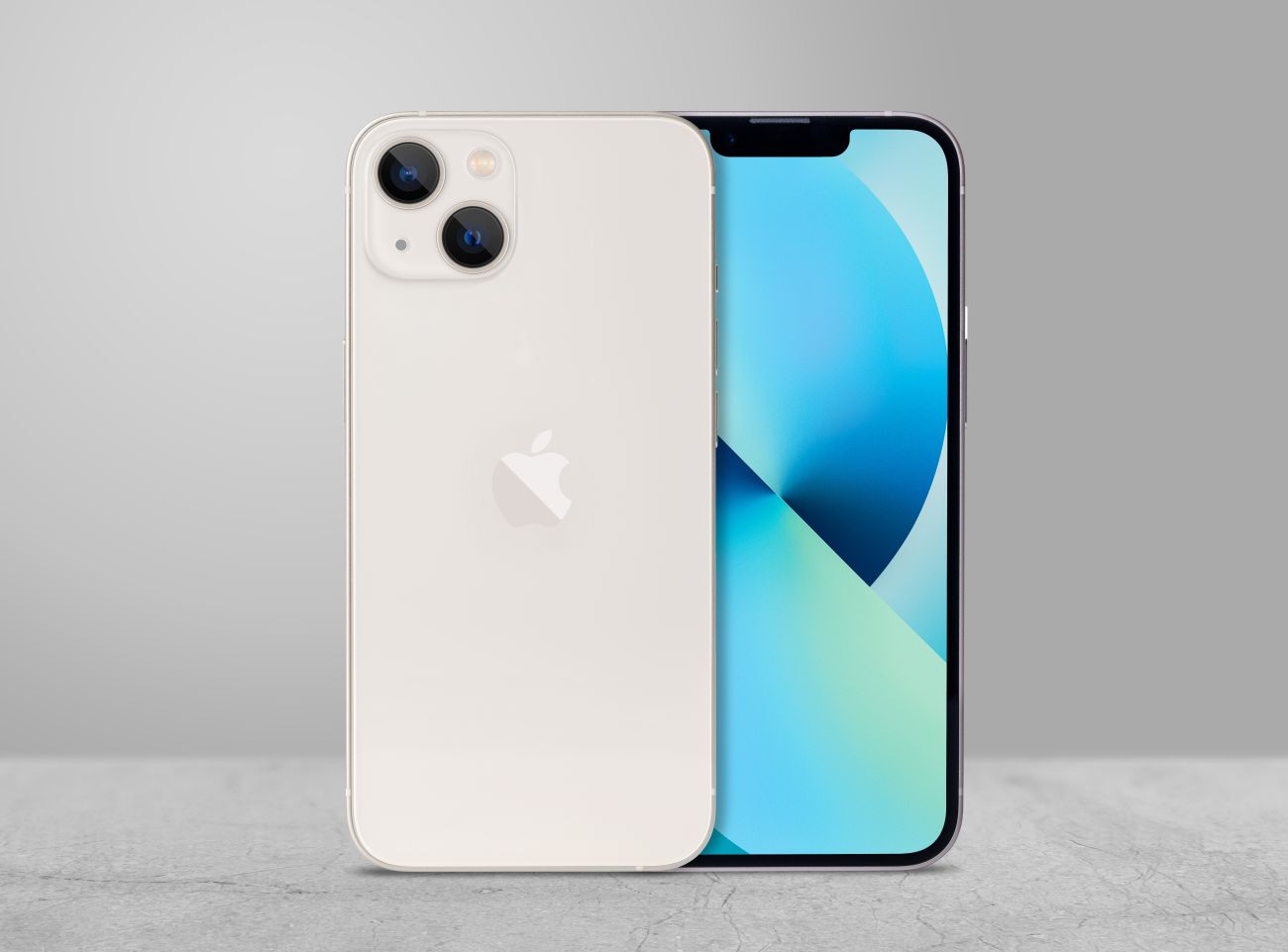 Yalcin Sonat / Shutterstock
Yalcin Sonat / ShutterstockTo help guide you through the changes, here’s everything you need to know about the iPhone 13.
Models and Prices
Continuing the trend established by the iPhone 12, the new flagship offers two models – the regular iPhone 13 and the smaller iPhone 13 mini. Both models share much of the same hardware and features. The main differences between them revolve around battery life, screen size, and weight.
Prices for the base iPhone 13 mini start at $699, while the standard model iPhone 13 weighs in at $799. You can get a cheaper price if you’re purchasing through your mobile network or trading in an old iPhone.
Each model offers three price options for the memory capacity:
- $699 or $799 for 128GB;
- $799 or $899 for 256GB, and;
- $999 or $1,099 for 512GB.
On top of the multiple memory capacity options, there are five colors available for the iPhone13:
- Starlight;
- Midnight;
- Blue;
- Pink, and;
- (Product) Red.
Apple also offers a Pro range consisting of the iPhone 13 Pro and the iPhone 13 Pro Max. Prices for the iPhone 13 Pro start at $999, with the iPhone 13 Pro Max costing $1,099.
While the Pro models offer the same three memory capacity options as the other models, they add an option for 1TB of storage. The Pro lineup comes in four colors: Silver, Graphite, Gold, and Sierra Blue.
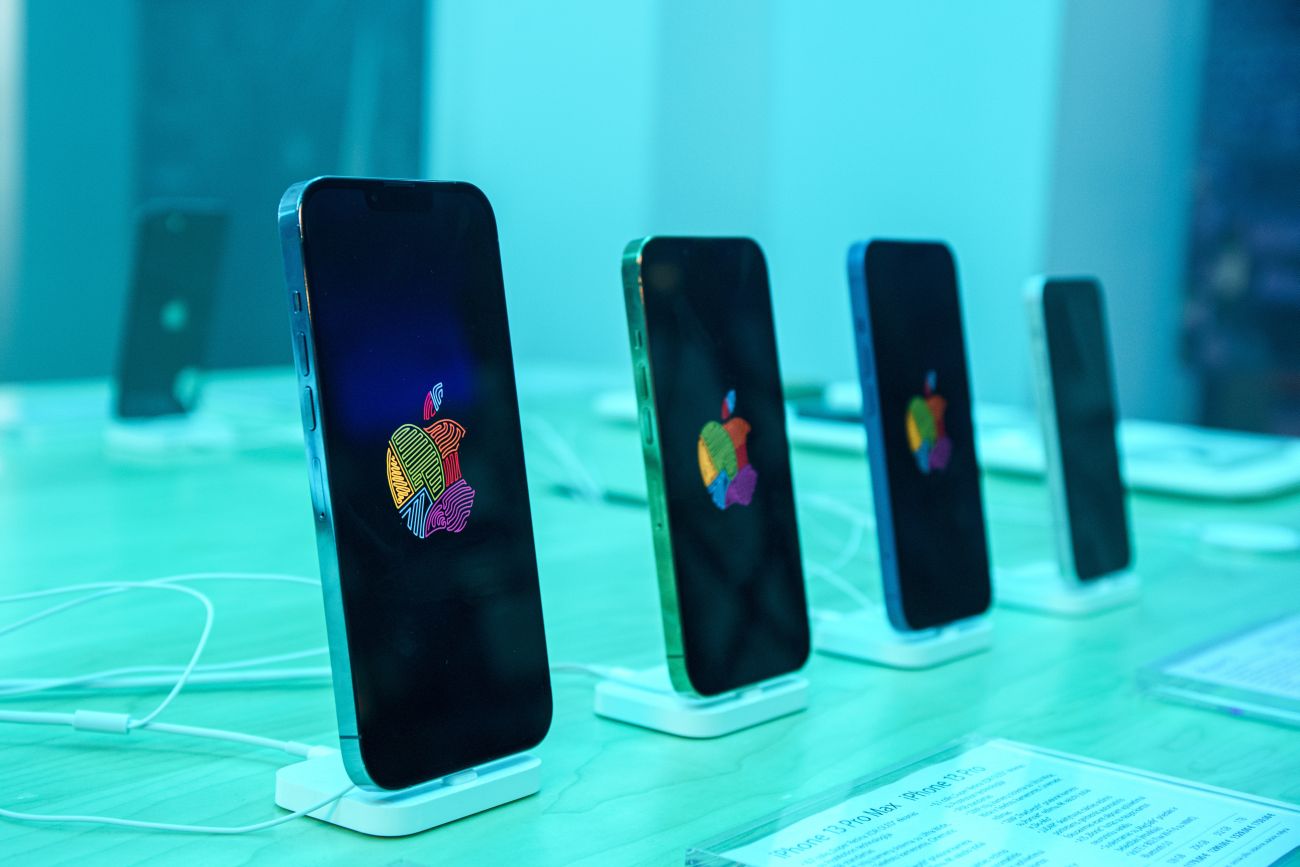 Rokas Tenys / Shutterstock
Rokas Tenys / ShutterstockDesign
To the casual observer, the iPhone 13 looks very similar to an iPhone 12. The new model follows the same flat-edge design philosophy as its predecessor, making it easy to hold in your hand. However, Apple has made a few changes.
The biggest shift has been the arrangement of the dual camera lenses on the back of the phone, which are now oriented diagonally rather than vertically. On the Pro models, there are three camera lenses arranged in a triangular formation.
Apple has also decreased the size of the front-facing camera notch by 20 percent. Thankfully, this hasn’t meant sacrificing Face ID or the TrueDepth selfie camera. The placement of the buttons on the phone’s sides has also been altered slightly. On the right-hand side, the power button is slightly lower than before, as are the volume controls on the left-hand side.
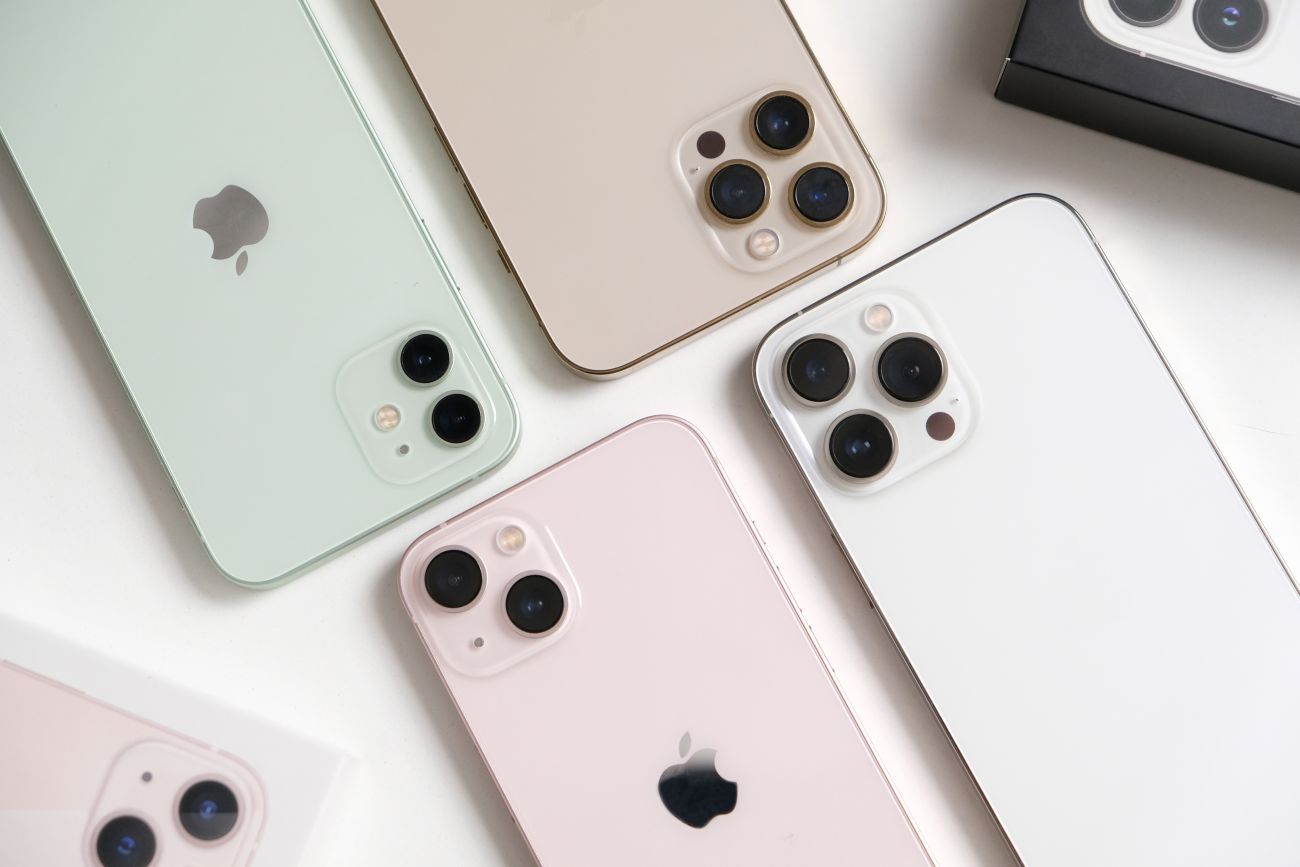 Framesira / Shutterstock
Framesira / ShutterstockBuild Quality
iPhones always feel like premium products, and the iPhone 13 lineup is no exception.
The handset’s frame is made from aluminum, while the rear panel is made from glass. The screen is protected by a durable Ceramic Shield glass panel, first introduced on the iPhone 12. According to TechRadar, Apple claims this technology can provide four times as much protection from accidental drops as its old glass.
Both the iPhone 13 and the iPhone 13 mini have a dust and water resistance rating of IP68. This provides watertight protection at a maximum depth of six meters for approximately 30 minutes.
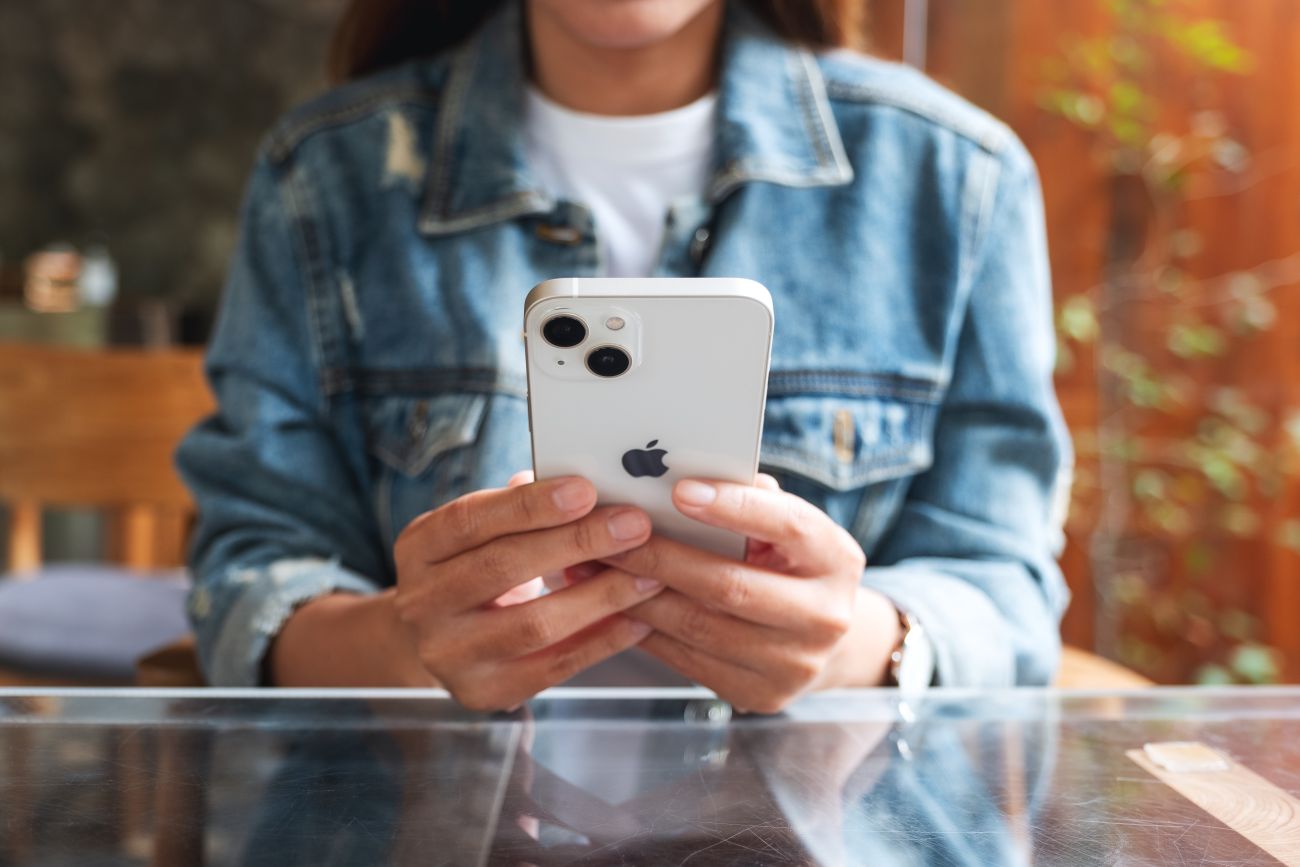 Farknot Architect / Shutterstock
Farknot Architect / ShutterstockScreen and Display
Both iPhone 13 models feature a Super Retina XDR OLED display. The iPhone 13 mini has a 5.4-inch screen, while the iPhone 13 offers a 6.1-inch screen. Apple claims that the screen brightness has been increased by 28 percent over the iPhone 12.
The display looks clear and sharp in most lighting conditions, mainly thanks to the resolution. The iPhone 13 mini has a 2340 x 1080 pixel resolution at 476 ppi. On the other hand, the iPhone 13 boasts a 2532 x 1170 resolution at 460 ppi. The screen performance remains impressive even while playing graphically demanding mobile games.
The iPhone 13 Pro range provides even bigger screens. The iPhone 13 Pro has a 6.1-inch screen, while the display on the iPhone 13 Pro Max measures 6.7 inches. The screens of the Pro models have an impressively fast 120Hz refresh rate, which is double that of the standard iPhone 13 range’s 60Hz refresh rate.
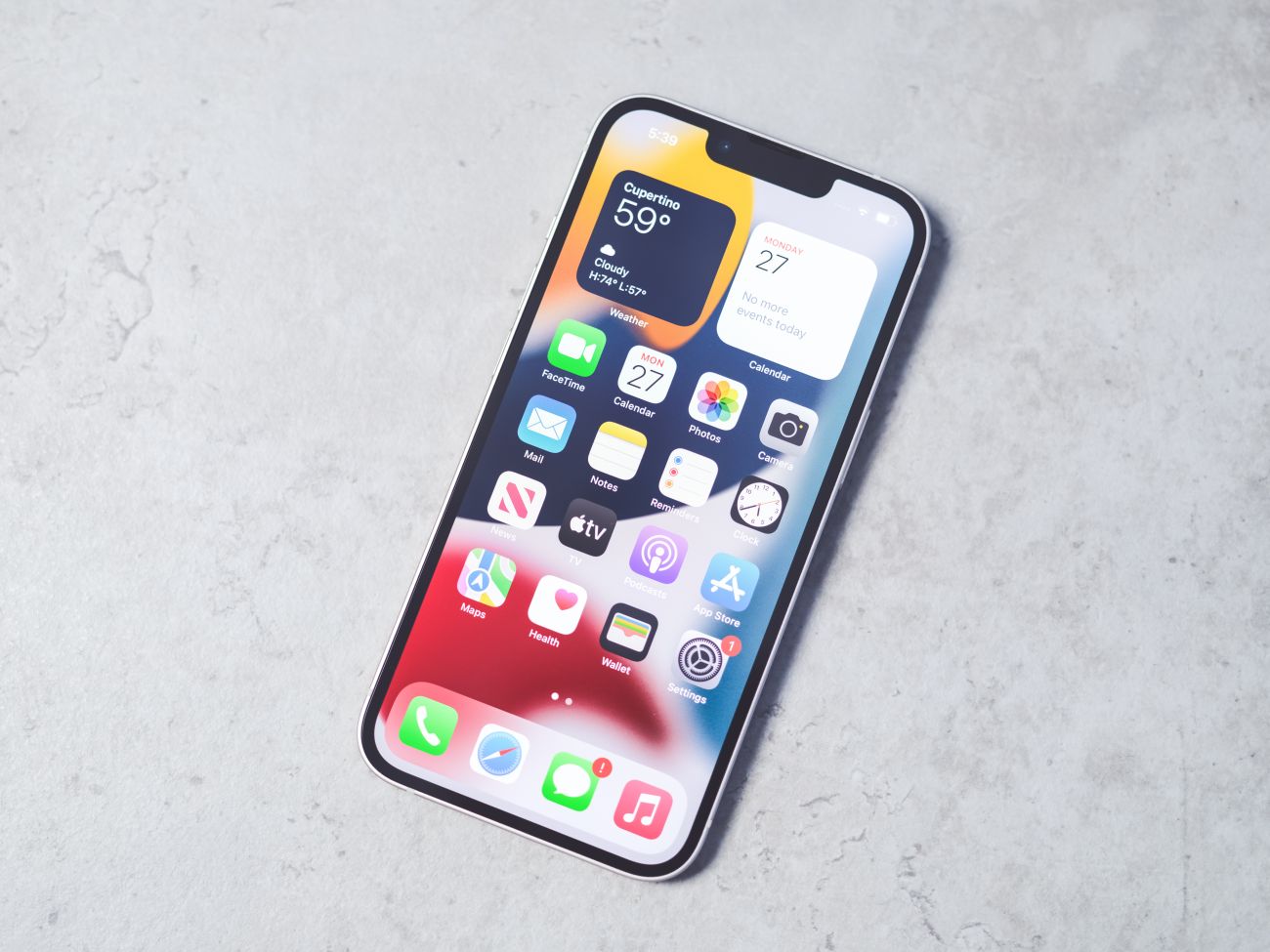 Hikari0909 / Shutterstock
Hikari0909 / ShutterstockPerformance
The iPhone 13 lineup is powered by the new ultra-fast A15 Bionic chipset. This hardware allows Apple to retain its crown of having the fastest chipset installed in any smartphone on the market.
As with the A14 Bionic chip in iPhone 12, the iPhone 13 features a four-core GPU and a six-core CPU. However, these have also been beefed up with an expanded 16-core Neural Engine, which powers the AI interface. The iPhone 13 Pro models come with a similar loadout. However, they include a more powerful five-core GPU.
Both iPhone 13 models have 4GB of RAM, while the two Pro handsets boast 6GB. According to benchmarks compiled by PCMag, the iPhone 13 range blew away its closest rival, the Samsung Galaxy S21 Ultra. In fact, Apple’s new flagship was almost twice as fast at browsing the web.
Like most high-end smartphones on the market, the iPhone 13 models also support 5G mobile networks, depending on local coverage.
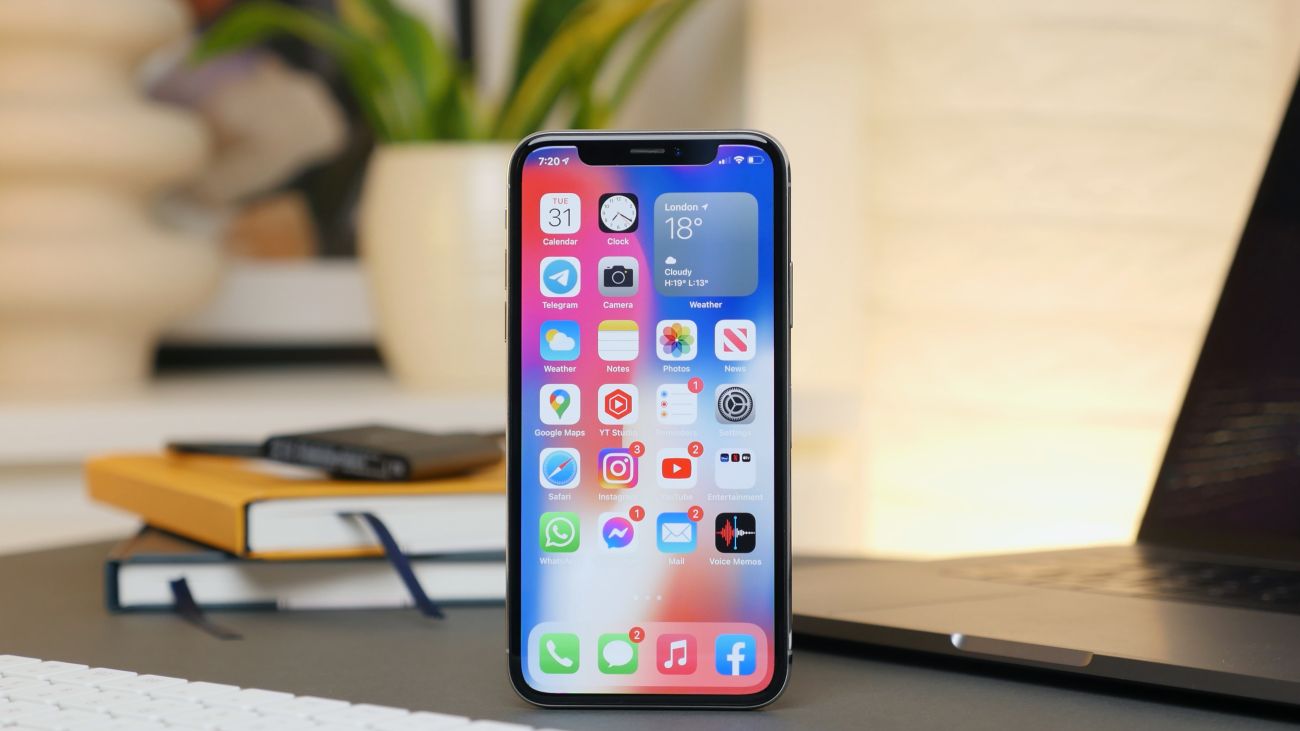 DionVideoProductions / Shutterstock
DionVideoProductions / ShutterstockOperating System
All iPhone 13 models come with iOS 15 as the standard operating system. Compared to the game-changing updates of iOS 14, the upgrades in the latest system aren’t groundbreaking. The changes could best be described as “fine-tuning”.
One of the new additions is Focus mode, which is part of the main dropdown menu. Working from home and trying to avoid browsing Instagram and Twitter? Focus mode provides a quick way of blocking notifications and activating the phone’s Do Not Disturb settings.
As Apple’s newest operating system, iOS 15 will no doubt be furnished with updates for several years, increasing the iPhone 13’s longevity.
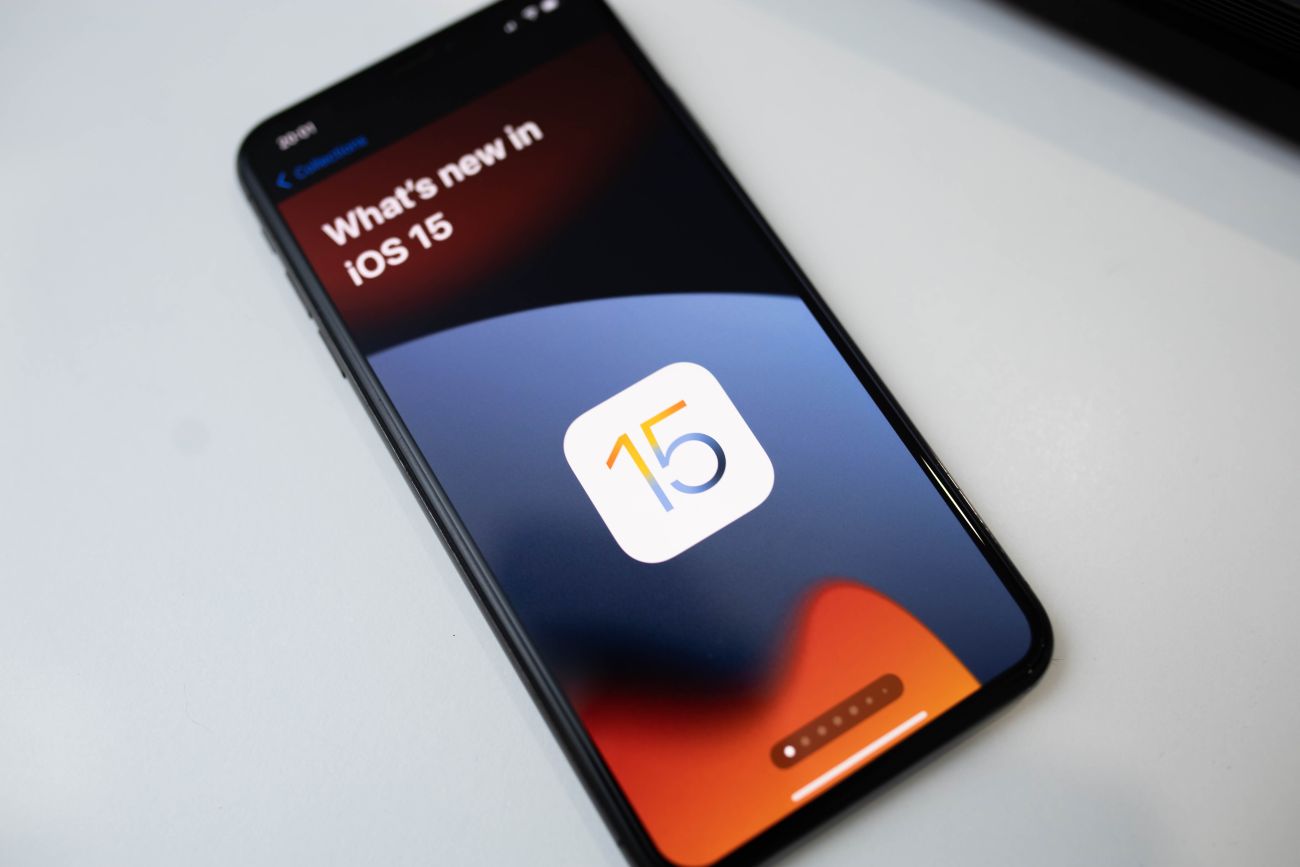 Velimir Zeland / Shutterstock
Velimir Zeland / ShutterstockCameras
Although the dual camera unit on the new iPhone 13 seems identical to that of the iPhone 12, there have been some huge improvements.
Shifting to a diagonal layout has allowed Apple’s engineers to add a larger 12-megapixel Wide camera that receives 47 percent more light thanks to its revised f/1.6 aperture. This gives you clearer and sharper photos. The 12-megapixel Ultra-Wide camera has been updated as well, with an f/2.4 aperture and a brand-new sensor that provides more detail in low-light shots.
By rearranging how the lenses are housed, Apple is able to fit a more powerful image stabilizer. This comes courtesy of the Sensor-Shift Optical Image Stabilization introduced in the iPhone 12 Pro Max.
The iPhone 13 Pro models take the camera performance even further. In addition to the two cameras found on the regular iPhone 13, the Pro has a third camera lens. This houses a 12-megapixel Telephoto camera with an f/2.8 aperture and 3x optical zoom. The Pro models also feature a Night Mode that is enhanced by LiDAR technology and a dedicated Macro photography mode.
As for customizing photos, the iPhone 13 range comes with Apple’s Photographic Styles mode. This mode provides quick access for settings that alter the tone and warmth of your shots. Overall, the iPhone 13 yields brighter and more colorful snaps than its main rivals.
Furthermore, the notch on the front of the phone features a 12-megapixel TrueDepth camera with an f/2.2 aperture for great selfies and crisp video calls.
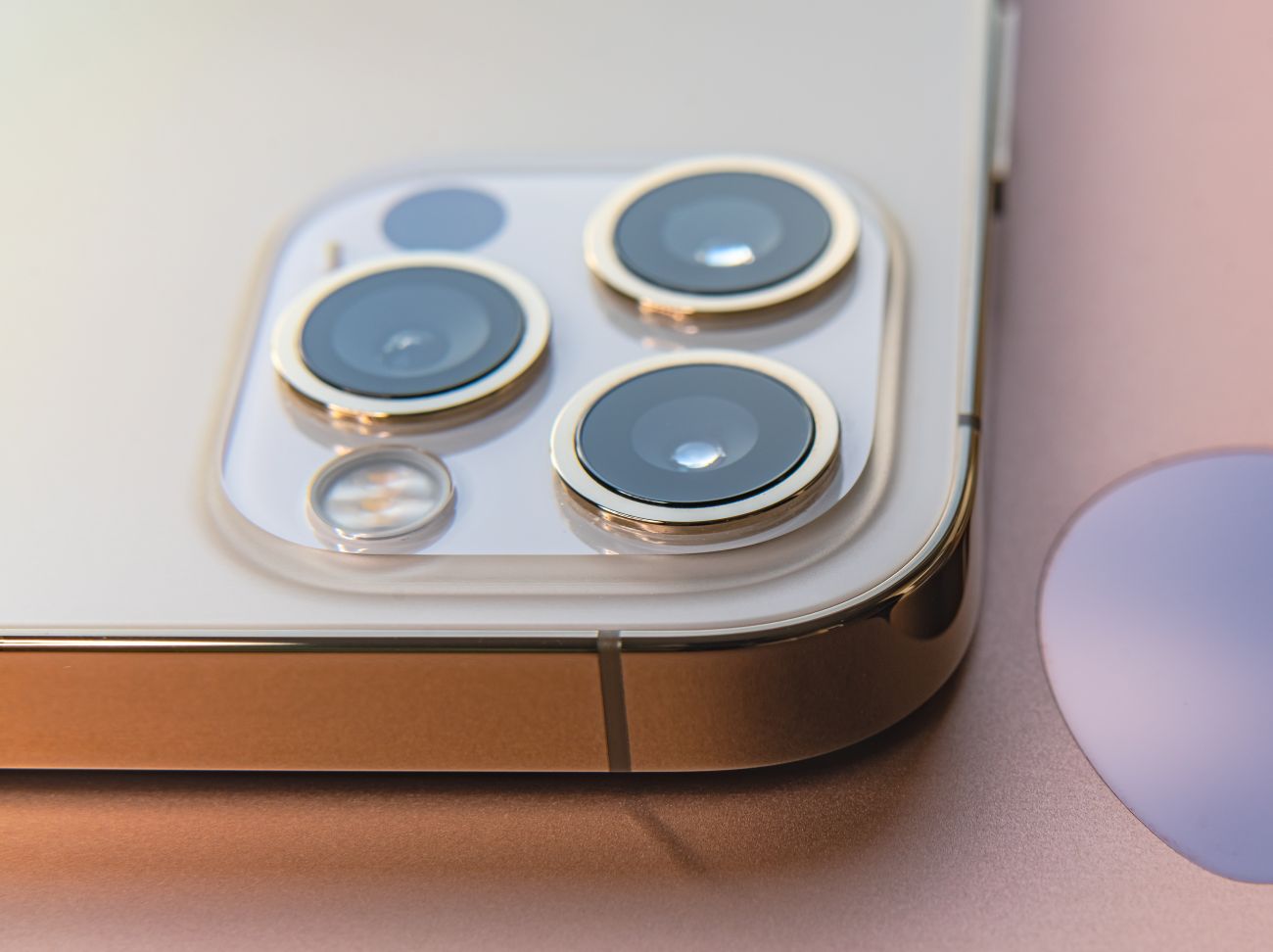 Ugis Riba / Shutterstock
Ugis Riba / ShutterstockVideo
Ever wanted to feel like a Hollywood director? Well, thanks to the new Cinematic Mode, you can.
This fantastic feature brings a realistic and responsive bokeh effect to your videos. This adjusts the focus of the video camera between subjects in the frame depending on where you point the lens. The effect works for most subjects unless they’re moving fairly fast, in which case the feature has trouble keeping up.
The maximum video quality in Cinematic Mode is also limited to 1080p. Unfortunately, 4K video unavailable while using this feature.
In normal modes, the iPhone 13 is capable of shooting footage in 4K at various rates ranging from 24 to 60 frames-per-second. You can also shoot HDR footage at 60 fps and slow-motion video at 1080p and 120 fps.
The Pro lineup also adds the ProRes high-quality format. These video files allow filmmakers to edit their footage like a professional editor, without needing to work on a bigger device. However, this isn’t available on the base 128 GB Pro models.
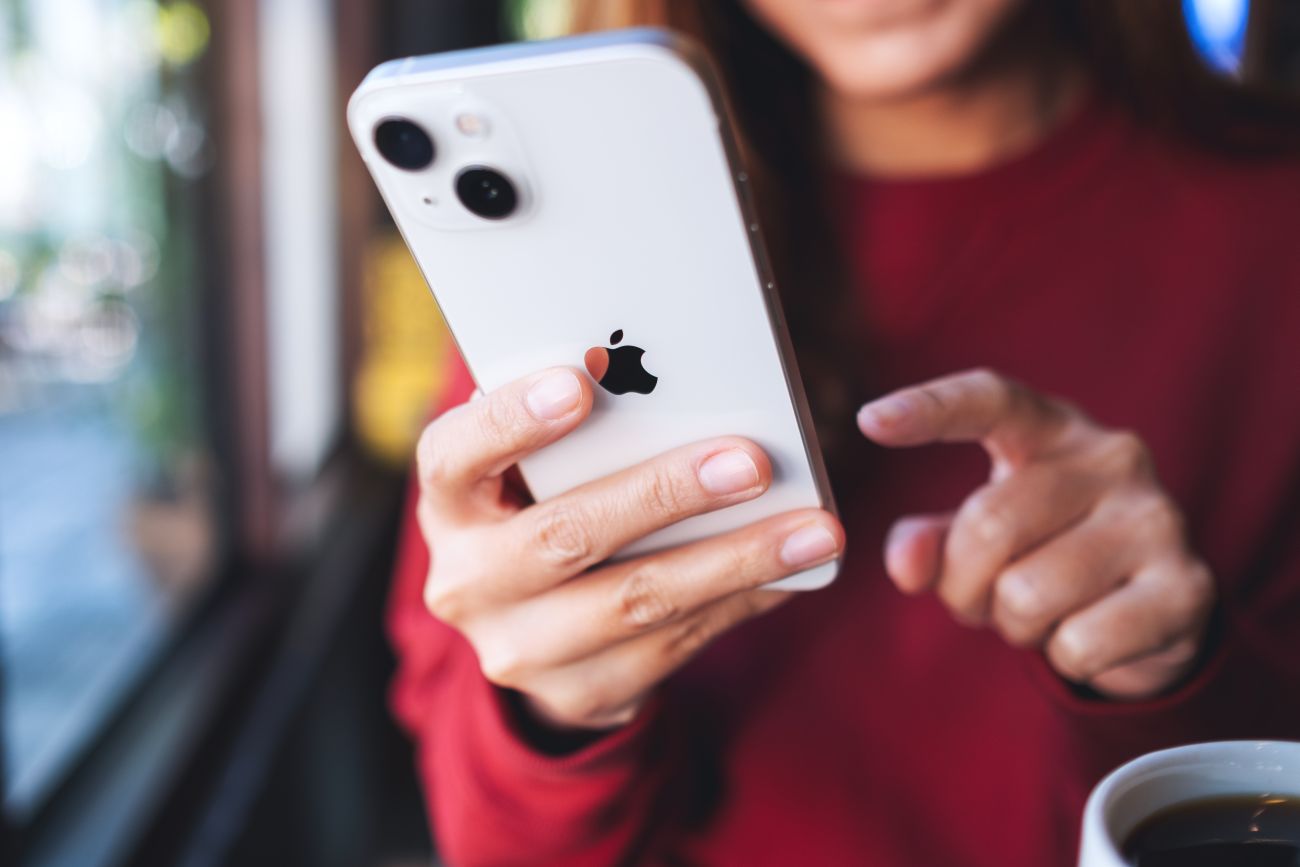 Farknot Architect / Shutterstock
Farknot Architect / ShutterstockBattery Life
One of the major advancements of the iPhone 13 over the previous generation is the battery life. This has nearly always been a stumbling block for iPhones, so Apple tackled the problem head-on with the iPhone 13.
The new range packs bigger batteries, which work in tandem with the ridiculously efficient A15 Bionic chipset to reduce power consumption. According to CNET, Apple claims that the iPhone 13 lasts for 2.5 hours more than the iPhone 12, while the iPhone 13 mini ekes out an extra 1.5 hours compared to its previous incarnation. As for the iPhone 13 Pro lineup, the regular Pro provides an extra 1.5 hours of charge over the iPhone 12 Pro, while the iPhone 13 Pro Max has 2.5 hours of extra battery life over the previous Pro Max model.
Despite the progress Apple has made with the battery life, the charging speeds of the new models haven’t improved compared to rivals like OnePlus or Samsung.
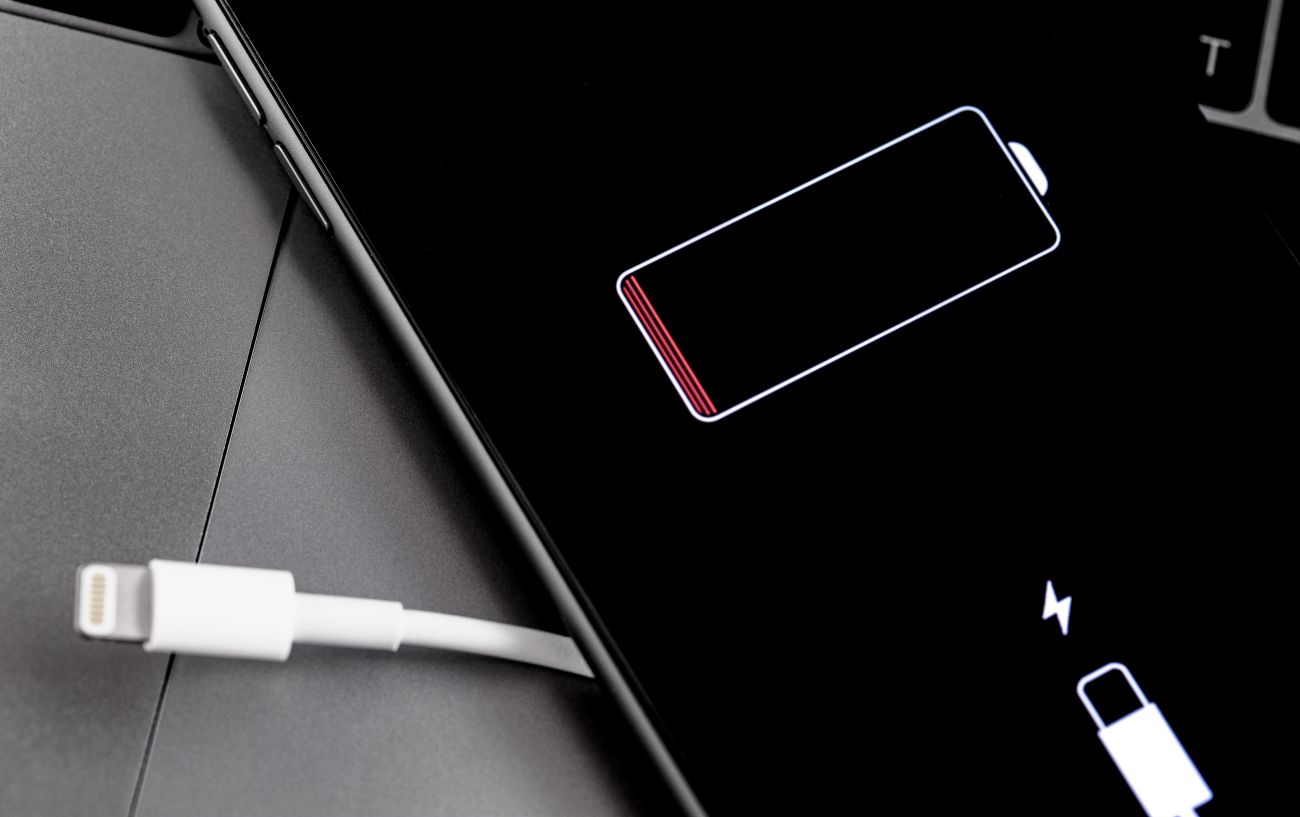 Primakov / Shutterstock
Primakov / ShutterstockPros
When trying to decide whether to upgrade from an iPhone 12 or move switch from different smartphone brand, it’s best to look at everything the iPhone 13 does right and what still needs improvement. Let’s start with the pros, which are as follows:
- Better Battery Life: You could get nearly 2.5 extra hours of charge out of the iPhone 13. In fact, the handset can last a full day with average use.
- Camera Improvements: Apple hasn’t reinvented the dual cameras on the iPhone 13, but they’ve managed to pack more performance into the unit thanks to some clever design tweaks. Moreover, Cinematic Mode is a game-changer when it comes to shooting video.
- Unrivaled Performance: By beefing out the CPU, GPU, and Neural Engine on the iPhone 13 and adding the A15 Bionic chipset, Apple has built one of the fastest smartphones on the market.
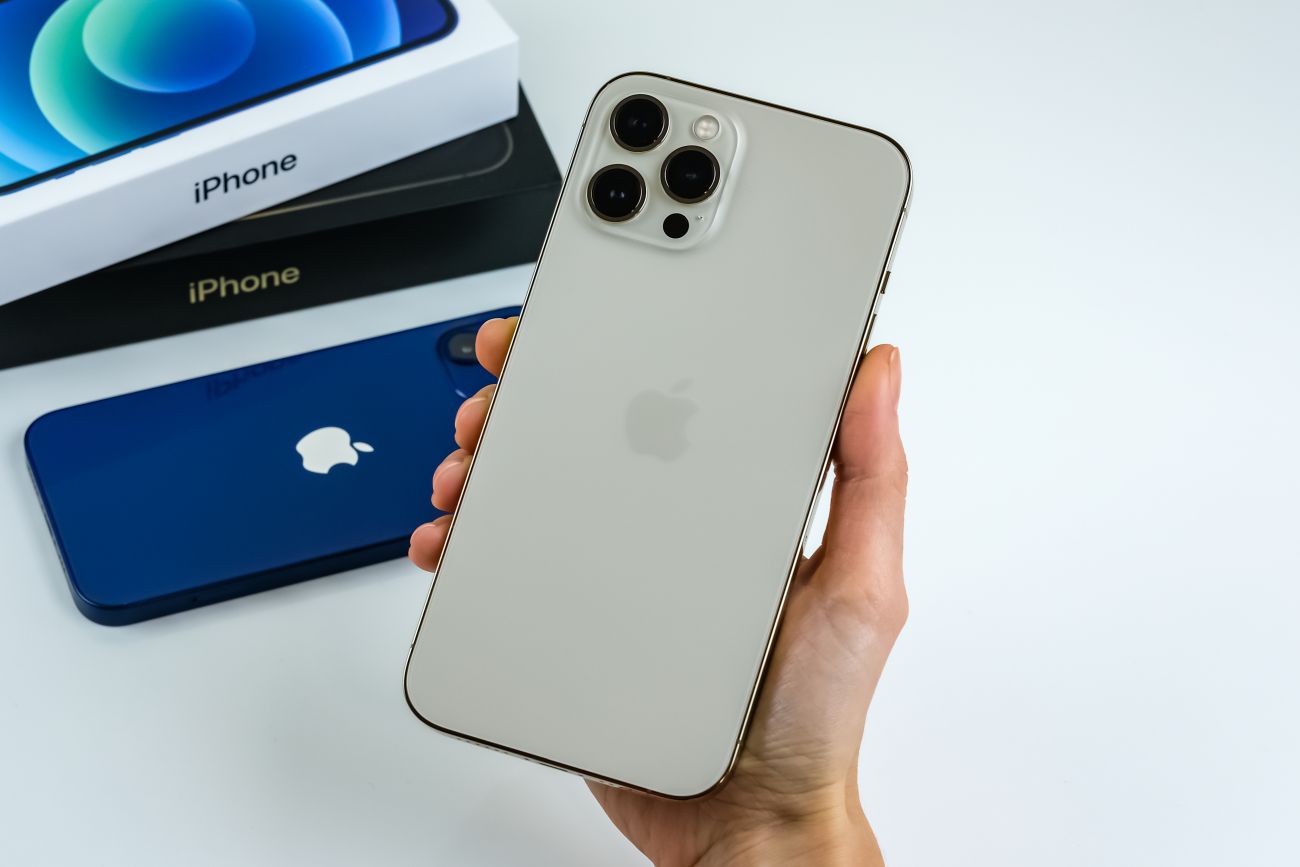 NYC Russ / Shutterstock
NYC Russ / ShutterstockCons
But as impressive as the iPhone 13 sounds, there are a few cons:
- Cinema Mode Limitations: Despite how well the Cinematic Mode performs, it’s only limited to recording in 1080p. It also struggles to adjust quickly enough when capturing faster moving objects.
- ProRes Handicap: If you choose the basic 128GB version of the iPhone 13 Pro or Pro Max, you won’t be able to use the ProRes video mode. It’s only available on the more expensive models with bigger memory.
- Sluggish Charging: Compared to rival phones, all models of the iPhone 13 has a slower charging speed.
- You’ll Need to Re-accessorize: Because of its design tweaks, the iPhone 13 range isn’t compatible with cases made for the iPhone 12.
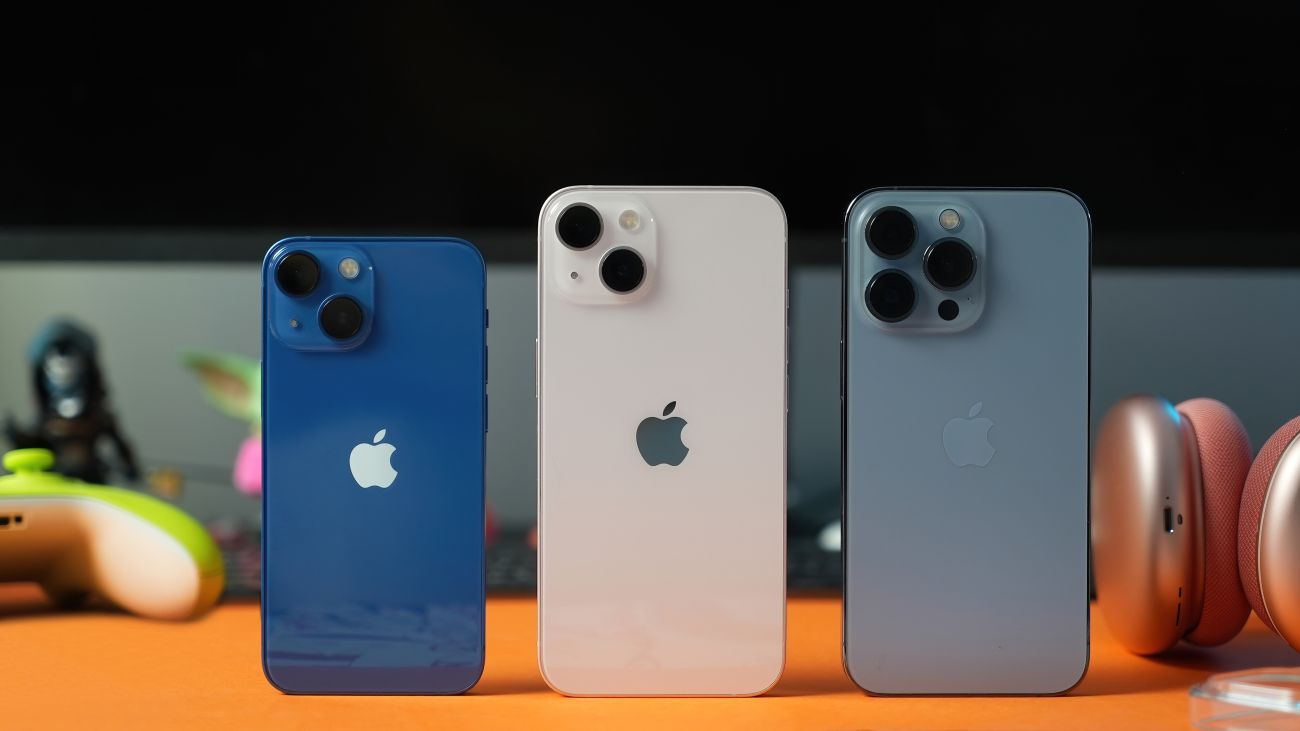 Mr.Mikla / Shutterstock
Mr.Mikla / ShutterstockThe Bottomline
The iPhone 13 series is the new benchmark for Apple phones, delivering potent performance, a great camera system, and excellent battery life in a package that’s reasonably sized and priced.
The Cinematic Mode, in particular, is a fantastic addition — especially for anyone who’s active on TikTok or wants to get into smartphone filmmaking. For anyone aspiring to be a professional smartphone photographer, the triple camera system of the iPhone 13 Pro models makes these handsets a worthy investment.
If you’re still holding onto your iPhone 11 or iPhone SE, it’s definitely worth upgrading to the newer models. However, the leap in performance between the iPhone 13 and its predecessor – the iPhone 12 – isn’t drastic enough to warrant an immediate change.
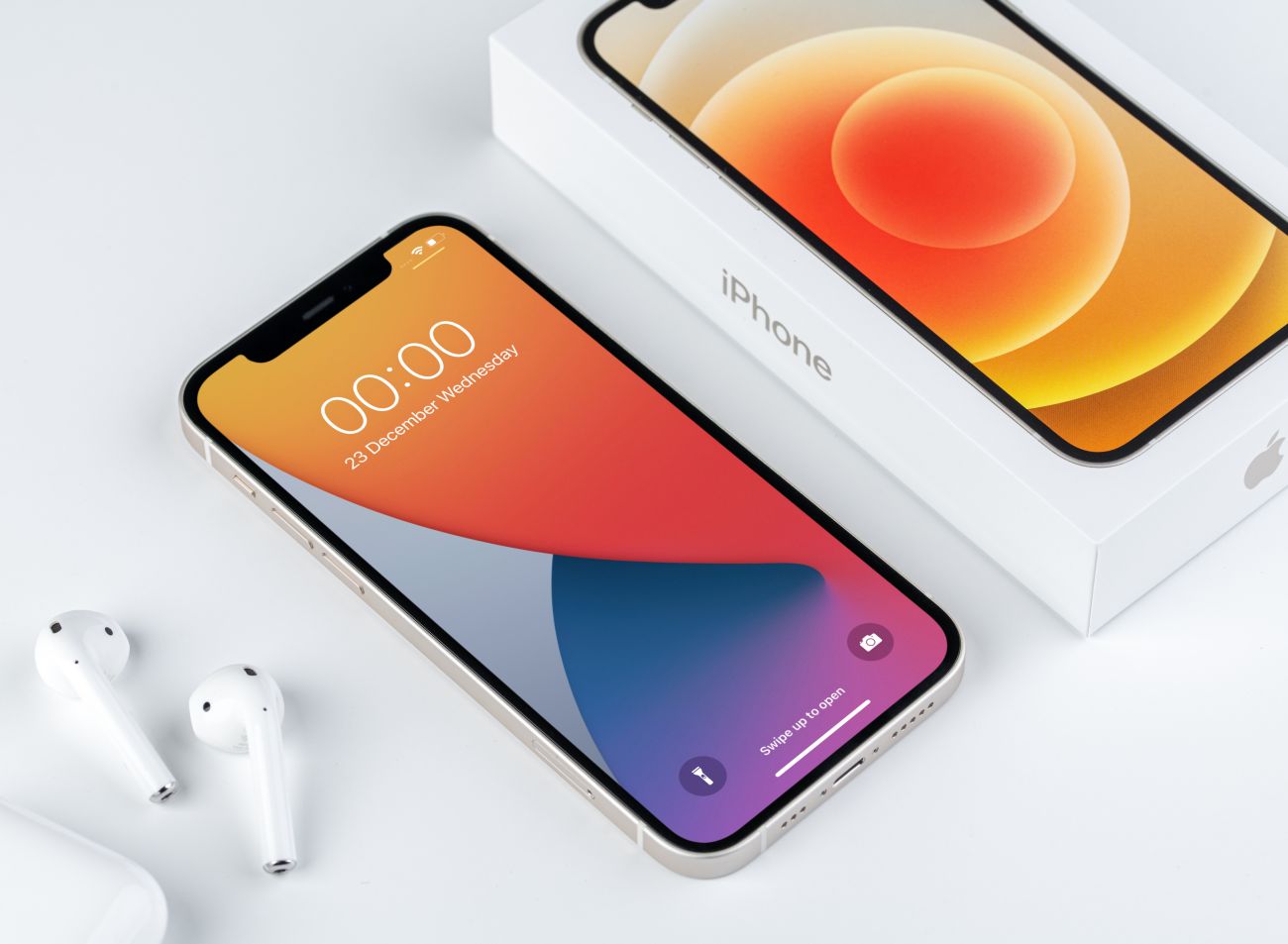 Yalcin Sonat / Shutterstock
Yalcin Sonat / Shutterstock